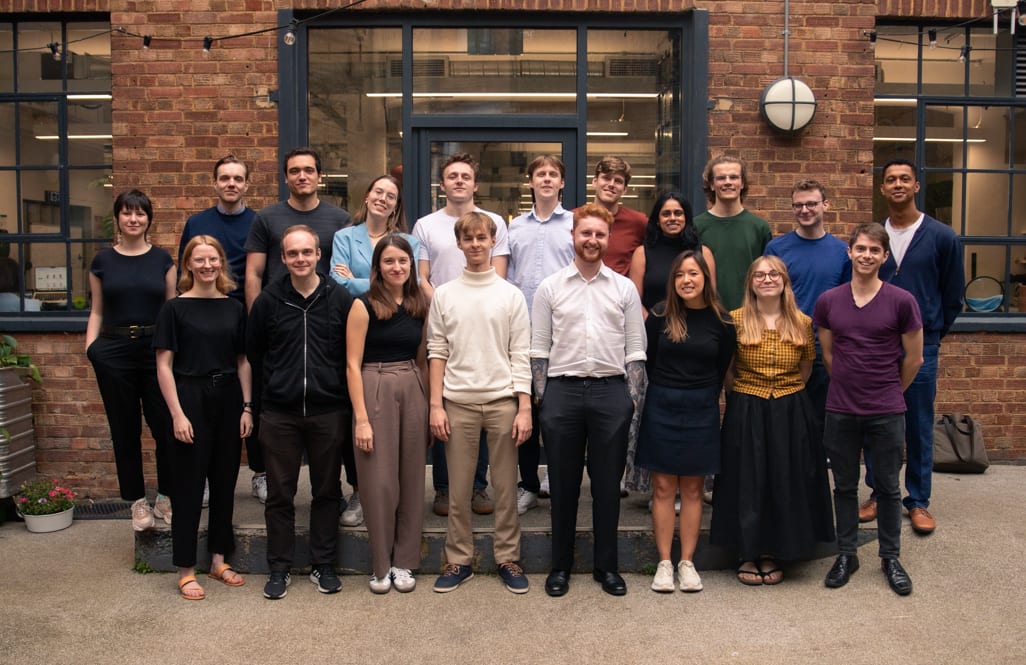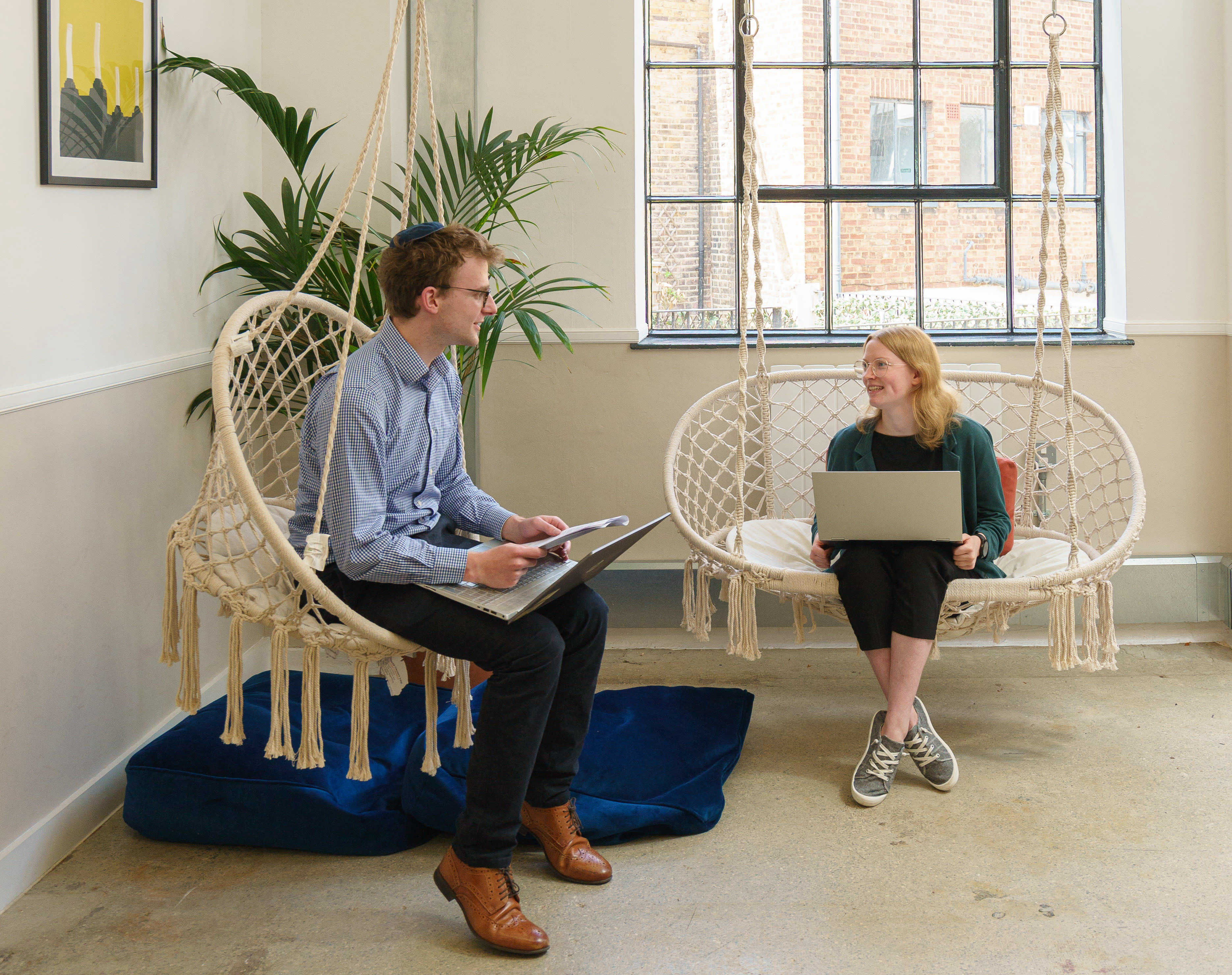(Edited: We've extended our application deadline until November 26th, 2024.)
We’re excited to announce that applications are now open for our 2025 Q1 Pivotal Research Fellowship, a 9-week program designed to enable promising researchers to produce impactful research and accelerate their careers in AI safety, AI governance, and biosecurity.
About the Fellowship
The Pivotal Research Fellowship is hosted in London at the London Initiative for Safe AI (LISA). It offers a unique opportunity for early-career researchers to collaborate with experienced mentors, engage in workshops and seminars, and build a strong network within the AI safety research community in London and beyond.
Dates: February 3rd to April 4th, 2025
Application Deadline: November 21st, 2024
Deadline Extended: November 26th, 2024
Apply here.
Fellows receive:
- Direct mentorship from established researchers
- Access to LISA, working alongside leading researchers in AI safety
- £5000 stipend, plus meals, travel support, accommodation, and compute costs
This marks our 5th research fellowship, building on a strong track record of supporting researchers in tackling important questions about the safety and governance of emerging technology.

Looking back on our 2024 Research Fellowship
(We plan on releasing a more in-depth retrospective in the upcoming weeks.)
In 2024 we hosted 15 fellows:
- 7 in AI governance
- 6 in technical AI safety
- 2 in biosecurity
The fellowship received high ratings with 9.17/10 for overall value and 9.33/10 for recommendation likelihood (Net Promoter Score: 88).

Here’s what 2024 fellows say about their experience with the Pivotal Research Fellowship:
- “The Fellowship has been transformative for my career and personal development. Most importantly, I had the incredible opportunity to be mentored by a leading expert and go from idea development to paper submission.”
- “The fellowship allowed me to work with top AI safety researchers – a great privilege early in my career! People were surprised at what can be accomplished in two months, including me.”
- “Pivotal Research Fellowship opened the door to AI governance, enabling me to conduct impactful research in this field and connecting me to the broader AI governance community and new opportunities.”
- “Pivotal shifted my career: I'm now working on a startup for white box model access and will join GovAI as a Winter Fellow. Being at LISA connects you with top AI safety researchers and places you on the radar of leading organizations.”
- “Pivotal’s approach expanded my AI safety perspective, illustrating the importance of governance and biosecurity challenges that complement technical safety, making me seriously consider AI policy roles.”
Looking Ahead to Q3 2025
In addition to the Q1 2025 Fellowship, we’re planning another cohort in Q3 2025. If you’re interested in being kept up to date for future fellowship opportunities, please express your interest.
If you have any questions about the application process, please reach out to us.




Deadline Extended to Tuesday 26. November!
You can recommend others who may be a good fit. We'll give you $100 for each accepted candidate we contact through you.